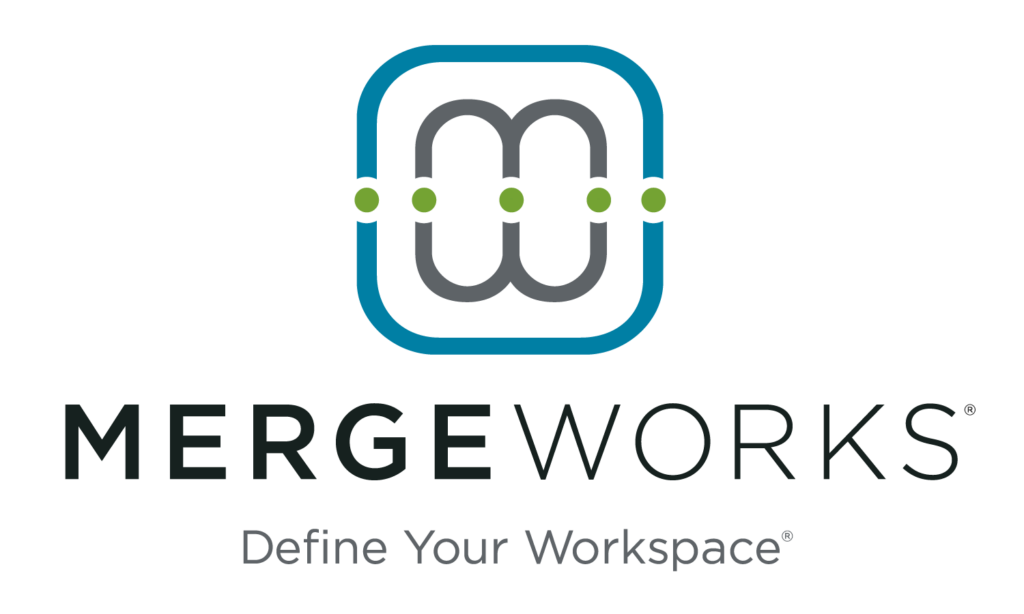As the COVID-19 pandemic swept the world, tax and financial relief efforts were sped along to help business owners stay afloat. As 2021 settled in, some of those efforts trickled away. So, where do you stand as a business owner? What COVID-19 tax deductions should be accounted for before the year’s end? Here are a few areas to consider:
Did you borrow Paycheck Protection Program (PPP) funds?
Now that round two of the PPP application process is closed, all eyes are on loan forgiveness and tax deductions. You can apply for forgiveness once all applicable loan proceeds have been used and can do so up to the loan’s maturity date. However, if you don’t apply for forgiveness within ten months after the last day of your covered period, PPP lenders will start requiring payment. Deductions are now allowed for normally deductible expenses, even when funded by a forgiven PPP loan. If you missed that opportunity on your 2020 tax return (the decision was made late in the tax season), you can deduct the expenses on your 2021 tax return instead of filing an amended return.
Did you take out other relief loans?
The Small Business Administration (SBA) extended other loans and grants throughout the pandemic, including 7(a) loans, 504 loans for economic development, small business microloans, Economic Injury Disaster Loan (EIDL) program grants, targeted EIDL advances, and more. Under certain COVID-19-era laws, many of these loans and grants are excluded from gross income and don’t increase the basis of funded assets. Many of the expenses paid with the funds are deductible, too, which is an added bonus.
Did you provide employees paid leave for reasons related to COVID-19?
In July 2021, the IRS expanded tax credits to employers offering paid time off, this time to employees who need to take a family or household member or other individuals to get vaccinated for COVID-19 or to care for them as they recover from a vaccination. The expansion applies to the same types of employers identified last year: Those with fewer than 500 employees and certain governmental employers. Although eligible employers are no longer reimbursed or required to provide leave for reasons related to COVID-19, the tax credits have been extended for those who have chosen to offer it through September 30, 2021. And if you’re an eligible employer, you can still claim tax credits for expanded family and medical leave for reasons related to COVID-19 for any leave you offered before March 31, 2021.
Did you retain employees even as you lost revenue?
The Employee Retention Credit (ERC) is a bit of a moving target right now, which may be good or bad news, depending on your previous eligibility. The qualification period has been extended to January 1, 2022, and now includes more recovery startup businesses (those that began operating shortly before or during the pandemic). A new safe harbor allows employers to exclude certain items—including PPP forgiveness amounts—from their gross receipts solely for determining their eligibility. With these and other changes affecting reporting, advance payments, and more, it’s critical to address any questions you have now before the end of the year.
Did your business expenses change?
Chances are that your business operations changed during the past year or so. Your cost of goods sold and capital expenses likely fluctuated along with demand and the supply chain. You may have also shifted how and where you conduct business—from using your own car to setting up shop at home. Employee pay (including yours), the cost of health and safety supplies, retirement plans, rent, and insurance: These factors may have all changed in one way or another. With this many moving parts, it’s essential to re-evaluate your business expenses and how you deduct them.
Did you invest in technology solutions? As workforces shifted and supply chains tightened this year, many business owners invested in new technology and processes. For instance, in the construction field, AI/machine learning and 3D imaging increase efficiency and speed for planning and building, drones are deployed for inspections and data collecting, and remote collaboration continues as data security needs increase. Some of the expenses to adopt these innovations may qualify for research and development tax credit. Others may be immediately deductible business expenses or capital expenses that are deductible over time.
Are you unsure whether your 2019 and 2020 taxes were correct?
Just as the PPP rules changed after some business owners already filed their taxes, some other COVID-era changes may have affected your past tax returns. Sudden net operating losses (NOLs) could affect past returns, as can asset depreciation strategies. You have every right to file an amended return if there’s an issue that affects your filing status, income, deductions, or credits. Generally, to claim a refund, you must file an amendment within three years after the date you filed your original return or within two years after the date you paid the tax, whichever is later. But some changes—like those affecting bonus depreciation—must be made before the proceeding year’s tax return is filed, so don’t put it off.
The list of considerations could go on and on. The bottom line: It’s not too early to start adding up your 2021 tax deduction, especially when PPP and large business expenses—or business expenses outside the norm—are in the mix. Feel free to contact us with questions.

























